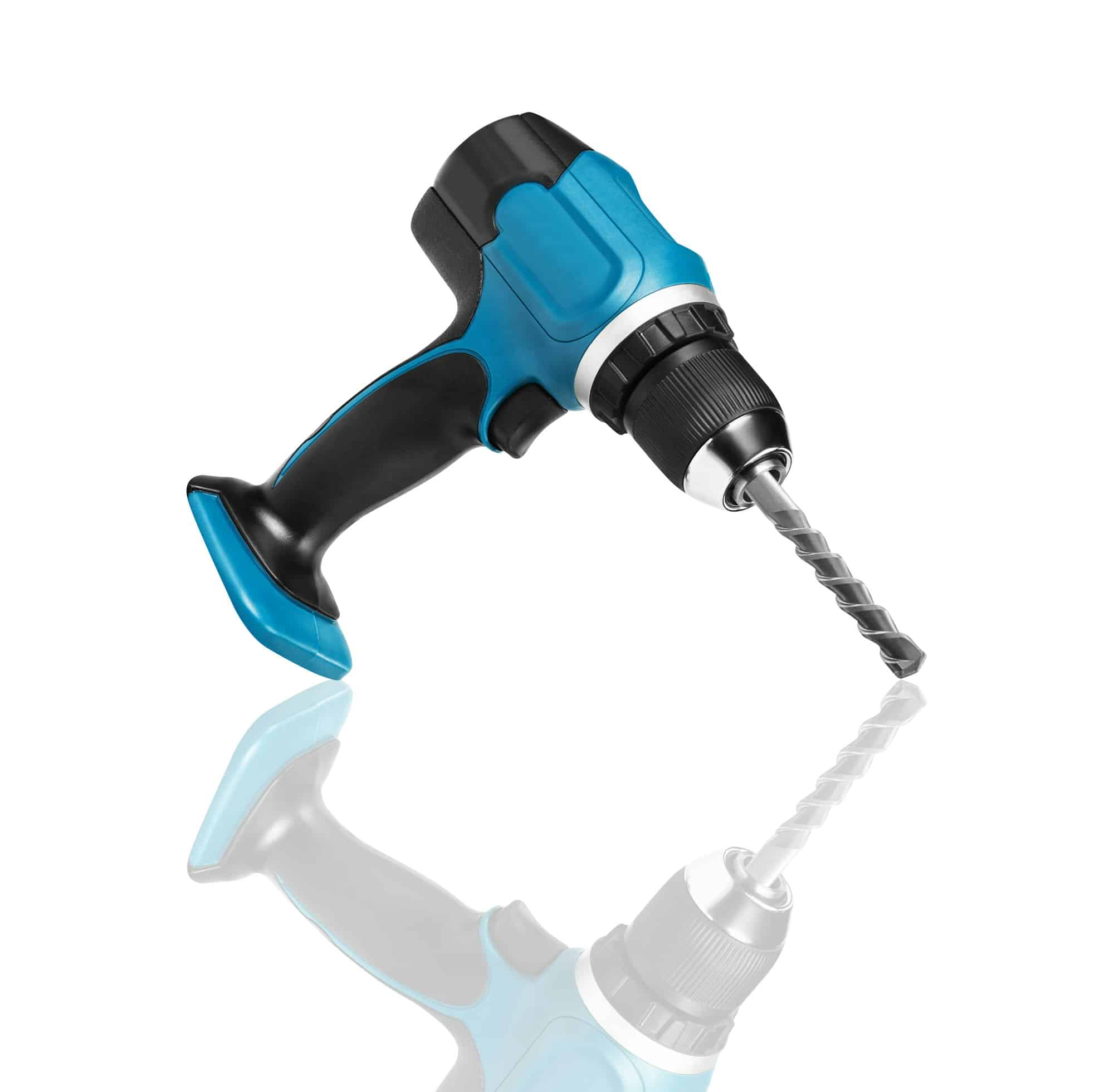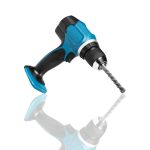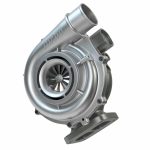Changing tires on your lightweight compact car requires more than just muscle; it demands precision. Proper torque specifications are vital to ensure safety and optimal performance. Incorrect torque can lead to premature wear or even a dangerous situation on the road. This essential guide will explore the nuances of adjusting and applying torque specifications, providing you with practical tips and insights. Master this skill to enhance your vehicle maintenance routine and enjoy a smoother, safer ride.
Understanding Torque Specifications
Torque specifications are critical guidelines indicating the amount of rotational force needed to tighten a bolt or nut. They are pivotal in ensuring the safety and performance of vehicles, particularly during tire changes. Adhering to these specifications prevents over-tightening, which could lead to damaged components, or under-tightening, which might result in components loosening over time.
This might interest you : Essential Tips for Detecting Air Suspension Leaks in Luxury Cars
For lightweight compact cars, torque specifications are especially crucial due to their design and weight distribution. These vehicles often have unique requirements compared to larger cars, making it essential to follow the manufacturer’s guidelines meticulously. Failure to do so can adversely affect the car’s handling and safety on the road.
Standard torque specifications for lightweight compact cars usually range between 80 to 100 foot-pounds for wheel lug nuts. This range ensures that the tires are securely attached while allowing for easy removal during tire changes. It’s important to use a torque wrench to achieve the precise specification, as this tool provides the accuracy needed to apply the correct force.
Topic to read : How can cyclists ensure their safety when sharing the road with heavy vehicles in the UK?
In summary, understanding and following torque specifications is vital for maintaining the integrity and safety of lightweight compact cars, especially during routine maintenance tasks like tire changes.
Tools Required for Adjusting Torque Specifications
In the realm of car maintenance, having the right tools is crucial, especially when dealing with torque specifications during tire changes. A torque wrench is indispensable for this task, ensuring precision in applying the correct force to wheel lug nuts. This tool comes in various types, including beam, click, and digital torque wrenches, each offering unique benefits. A click torque wrench is popular for its ease of use, providing an audible click when the desired torque is reached. Digital torque wrenches, on the other hand, offer enhanced accuracy with digital displays.
Beyond the torque wrench, additional tools can significantly enhance the tire-changing process. An impact wrench, for instance, is invaluable for quickly removing lug nuts, saving time and effort. Pairing it with a set of quality sockets ensures compatibility with different nut sizes and types.
- Essential tools for tire changes include:
- Torque wrench (beam, click, digital)
- Impact wrench
- Sockets
These tools not only facilitate efficient tire changes but also help in maintaining the integrity of your vehicle’s components. Proper use of these tools ensures that torque specifications are adhered to, promoting safety and performance on the road.
Step-by-Step Guide to Adjusting Torque Specifications
Before embarking on a tire change for lightweight compact cars, proper preparation is essential. Begin by ensuring your vehicle is parked on a level surface and the parking brake is engaged. This stabilises the car, preventing unwanted movement during the process.
Preparations Before Starting Tire Changes
Gather all necessary tools, including a torque wrench and a set of compatible sockets. Check the manufacturer’s manual for the correct torque specifications, typically between 80 to 100 foot-pounds for these vehicles.
Detailed Procedure for Adjusting Torque Specifications
- Loosen Lug Nuts: Before lifting the car, slightly loosen the lug nuts using an impact wrench or a breaker bar. This step is crucial to prevent the wheel from spinning while elevated.
- Lift the Vehicle: Use a jack to raise the car. Ensure it is securely positioned to avoid accidents.
- Remove the Tire: Fully remove the loosened lug nuts and take off the tire.
- Install the New Tire: Position the new tire onto the hub, aligning it with the lug bolts.
- Tighten Lug Nuts: Hand-tighten the lug nuts initially, then use the torque wrench to apply the specified torque in a crisscross pattern for even distribution.
Importance of Proper Tire Installation
Ensuring proper tire installation is fundamental to maintaining tire safety and the overall integrity of your vehicle, particularly for lightweight compact cars. Incorrect installation can lead to a host of issues, including uneven tire wear, compromised handling, and increased risk of accidents. In severe cases, improperly installed tires can detach while driving, posing significant danger to both the driver and others on the road.
Adhering to the manufacturer guidelines is crucial in preventing these risks. Each vehicle has specific torque specifications that must be followed to ensure the tires are securely fastened without causing damage to the wheel assembly. These guidelines are designed to optimise performance and enhance safety, making it imperative to consult the vehicle’s manual before beginning any tire-related maintenance.
To achieve even distribution of torque, it’s essential to use a torque wrench and apply force in a crisscross pattern. This method ensures that the pressure is evenly distributed across all lug nuts, reducing the likelihood of wheel imbalance and enhancing the vehicle’s stability. By following these steps, you can ensure that your compact car remains safe and reliable on the road.
Visual Aids for Torque Adjustment
In the realm of torque adjustment, using visual aids can significantly enhance understanding and precision. These tools, such as diagrams and instructional videos, simplify complex procedures, making them more accessible, especially for those new to car maintenance.
Benefits of Using Visual Aids
Visual aids provide clear, step-by-step guidance, reducing the risk of errors. They help users visualise the process, ensuring each step is executed correctly. This is invaluable when adjusting torque specifications, where accuracy is crucial for safety.
Recommended Diagrams and Video Resources
Several online platforms offer detailed diagrams and instructional videos tailored to lightweight compact cars. These resources often include labelled images showing the correct placement of tools and the sequence of actions. Videos can demonstrate the process in real-time, allowing viewers to follow along at their own pace.
Creating Your Own Visual Aids
For a personalised approach, consider creating your own visual aids. Take photos or make sketches of your vehicle’s specific components during maintenance. Annotate these with notes on torque specifications and tool usage. This bespoke guide can serve as a handy reference for future tire changes, ensuring consistency and accuracy in your car maintenance routine.
Troubleshooting Common Issues
Navigating the world of vehicle maintenance can be daunting, especially when it involves troubleshooting tire changes. Common mistakes often arise from incorrect torque adjustment and can lead to significant issues if not addressed promptly.
Identifying and Resolving Common Problems
One frequent issue is over-tightening or under-tightening lug nuts. Over-tightening can strip threads or damage the wheel, while under-tightening risks the wheel detaching. To resolve this, always use a torque wrench and adhere to the manufacturer’s specifications.
Tips for Avoiding Mistakes in Torque Adjustment
Avoid rushing the process. Ensure your torque wrench is calibrated correctly before use. Follow a crisscross pattern when tightening lug nuts to distribute pressure evenly. This practice prevents wheel imbalance and maintains vehicle stability.
When to Seek Professional Assistance
If you encounter persistent issues, such as recurring loose lug nuts or difficulty achieving the correct torque, it may be time to consult a professional. They can provide expert insight and ensure your vehicle remains safe and reliable. Recognising when a problem is beyond your expertise is crucial in maintaining your car’s integrity.
Car-Specific Torque Settings
Understanding car-specific torque settings is essential for maintaining the safety and performance of lightweight compact cars. These settings vary across different models, making it crucial to consult the manufacturer guidelines for your specific vehicle.
How to Find Torque Specifications
To find the torque specifications for your car model, the first step is to consult the owner’s manual. This document provides detailed information about the recommended torque settings, ensuring you apply the correct force to the wheel lug nuts. If the manual is unavailable, consider reaching out to the car manufacturer or visiting their official website for guidance.
Importance of Consulting the Owner’s Manual
The owner’s manual is a vital resource for understanding car-specific torque settings. It contains precise information tailored to your vehicle, helping you avoid common mistakes like over-tightening or under-tightening. Adhering to these specifications ensures the integrity and safety of your car.
Comparison Across Lightweight Compact Models
Torque settings can differ significantly across various lightweight compact car models. For instance, while one model might require 85 foot-pounds, another might need 95. These variations highlight the importance of consulting the manufacturer guidelines to ensure optimal performance and safety.
Safety Tips for Tire Changes
Ensuring tire change safety is crucial in maintaining both personal and vehicle well-being. Implementing safe practices during this routine car maintenance task can prevent accidents and injuries.
Essential Safety Practices
Before beginning a tire change, ensure the vehicle is on a stable, level surface. Engage the parking brake to prevent rolling. It’s vital to use jack stands alongside a jack to support the vehicle’s weight securely. Jack stands provide a stable base, minimising the risk of the car slipping or falling.
Importance of Using Jack Stands and Wheel Chocks
Wheel chocks are essential for preventing unwanted movement. Place them behind the wheels opposite the one being changed. This precaution adds an extra layer of security, ensuring the vehicle remains stationary throughout the process.
Personal Protective Equipment Recommendations
Personal safety is paramount. Wear gloves to protect your hands from sharp edges and dirt. Safety glasses are recommended to shield your eyes from debris. Additionally, wearing closed-toe shoes can prevent foot injuries from dropped tools or components.
By adhering to these safe practices, you can ensure a smooth and secure tire change experience, protecting both yourself and your vehicle.
The Impact of Weather Conditions on Torque Specifications
Weather conditions can significantly influence tire performance and the effectiveness of torque adjustments. Understanding how temperature and seasonal changes affect these factors is crucial for maintaining vehicle safety and performance.
How Temperature Affects Torque Settings
Temperature variations can impact the tightness of wheel lug nuts. In colder weather, metals contract, potentially loosening previously secured nuts. Conversely, warmer temperatures can cause metals to expand, affecting the initial torque settings. Therefore, it’s essential to periodically check and adjust torque settings to accommodate these changes.
Adjusting Torque Specifications for Seasonal Changes
Seasonal changes demand careful attention to torque adjustments. During winter, when temperatures drop, it’s advisable to recheck and possibly retighten lug nuts to ensure they remain secure. In summer, verify that the expansion of metal components hasn’t led to over-tightening, which could damage the wheel assembly.
Best Practices for Tire Changes in Varying Weather Conditions
To maintain optimal tire performance across different weather conditions, consider these best practices:
- Regularly inspect and adjust torque settings, especially during extreme temperature fluctuations.
- Use a torque wrench to ensure precise adjustments.
- Follow manufacturer guidelines to accommodate seasonal changes in weather conditions.
By adhering to these practices, you can enhance the safety and longevity of your vehicle’s tires.
Resources for Further Learning
In the realm of car maintenance education, expanding your knowledge is essential for effective tire changes and overall vehicle care. Several resources can enhance your understanding and skills.
Recommended Books and Online Resources
Diving into literature like “Automotive Maintenance & Light Repair” offers comprehensive insights into tire maintenance. Online platforms such as YouTube and Coursera provide valuable tutorials and courses, covering everything from basic tire changes to advanced techniques. These resources for tire changes are invaluable for both novices and experienced car enthusiasts.
Importance of Continuous Learning in Vehicle Care
Staying updated with the latest practices and technologies is crucial in vehicle maintenance. Continuous learning ensures you remain adept at handling new challenges and innovations. This proactive approach not only enhances your skills but also promotes the longevity and safety of your vehicle.
Community Forums and Professional Organizations
Engaging with community forums like Reddit’s r/MechanicAdvice or joining professional organizations such as the Society of Automotive Engineers (SAE) can provide expert advice and support. These platforms allow you to connect with other enthusiasts and professionals, sharing experiences and solutions to common issues. By leveraging these resources, you can continuously improve your car maintenance proficiency.
















